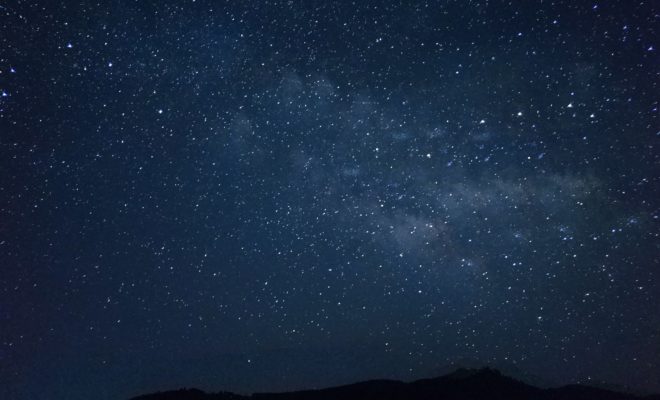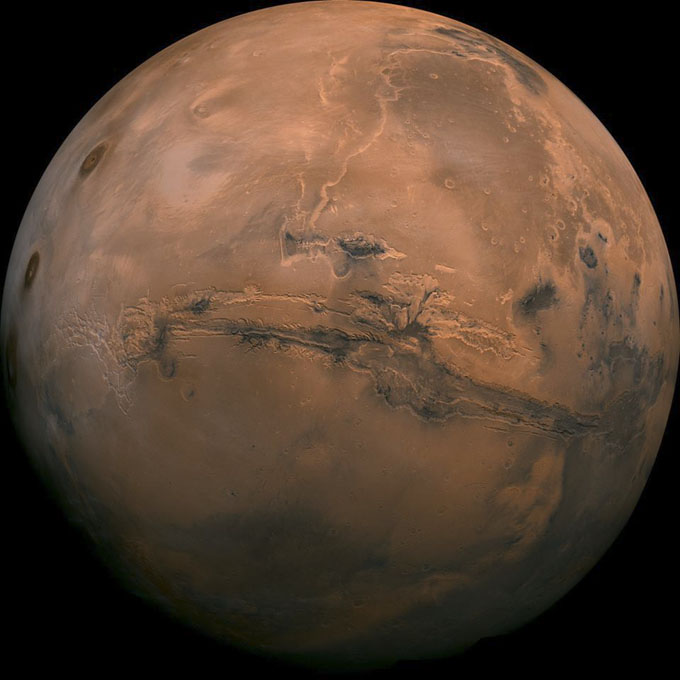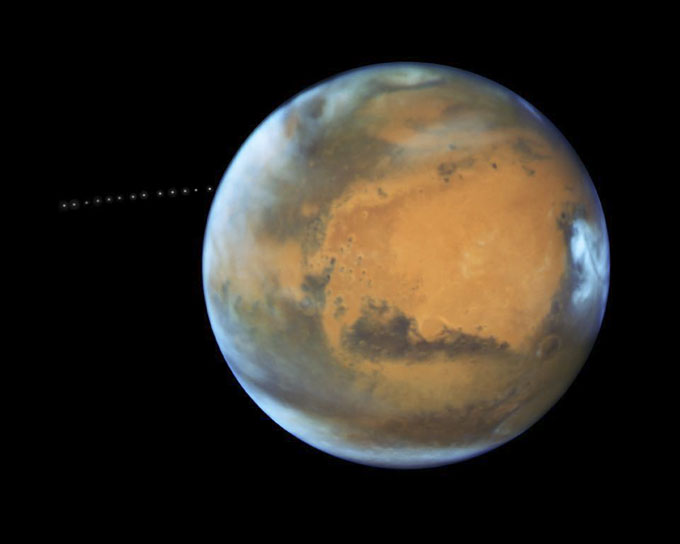1. Mars Received Its Name From the Roman God of War
Photo: Facebook/NASA 360
Mars has actually been known by several different names throughout history. As early as 400 B.C., Babylonians began tracking celestial events. At this time, the Red Planet was called Nergal, “the king of conflicts.” Mars’ red coloring promoted its association with gods of war. The Greeks dubbed it Ares, while the Romans named it after their own god of wrath, Mars.
2. Mars Shares Some of Earth’s Features
Photo: Facebook/NASA Goddard
Although differences between the two planets are striking (their average temperatures differ by over 120 degrees), they do share some similarities. NASA tells us that both planets are home to expansive polar ice caps and changing seasons. Additionally, the planets’ atmospheric makeups are “relatively similar.”
However, it would be silly to ignore the ways Mars and Earth differ from each other. Some of the obvious differences are in regard to planetary mass (Earth is larger), distance from the sun (Earth is 93 million miles away, Mars is 142 million), and the number of moons (Mars has two as compared to Earth’s single lunar entity.)
3. Mars Is Home to Several Notable Landmarks
Photo: Facebook/NASA – National Aeronautics and Space Administration
Mars’ atmosphere may not be capable of sustaining life, but that does not mean the planet is devoid of incredible landmarks. Two particularly unique formations are especially noticeable. The first, Olympus Mons, is the largest volcano in our universe. This volcano is a towering 16 miles high, so tall that its peak actually breaks through the Martian atmosphere. As a point of reference, the tallest mountain on earth, Mount Everest, is just under five and a half miles high.
The second geographic feature is the Valles Marineris, a giant canyon that stretches almost 2,000 miles and, at some points, is five miles deep. Due to these hard to believe measurements, the canyon is also considered the largest in the universe.
References:
NASA – Mars: Extreme Planet
NASA – Sibling Rivalry: A Mars/Earth Comparison
NASA – Valles Marineris: The Grand Canyon of Mars
Space.com





